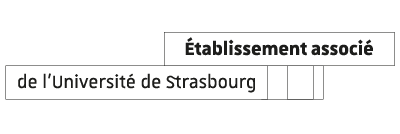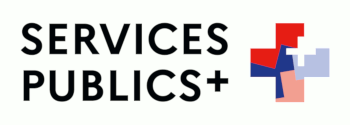Information importante
La page que vous consultez correspond à l'offre de formation 2023-2024.
Trouvez votre formation pour l'année universitaire 2024-2025
Introduction to Chemical Engineering
- Cours (CM) -
- Cours intégrés (CI) 21h
- Travaux dirigés (TD) -
- Travaux pratiques (TP) -
- Travail étudiant (TE) -
Langue de l'enseignement : Anglais
Enseignement proposé : en présentiel enrichi de ressources pédagogiques numériques
Description du contenu de l'enseignement
This teaching aims to introduce several aspects of chemistry at industrial scale which is far from chemistry in lab scale generally performed in small close system. In fact, as industrial conditions involved much bigger systems often working under flows, a very specific approach must be adopted. This implies to distinguish different types of systems (open, batch, semibatch), of regimes (transient, steady state) and to be able to apply mass balances in each case. Moreover, as a chemical unit generally deals with solids, gas and liquids with various parameters, it is crucial to link all these parameters without learning formulas by heart. The purpose of this course is also to be able to deal with a flow sheet of a chemical process. 5 different practical works on fundamental aspects of thermodynamics and fluid mechanism will be performed after this theoretical introduction to chemical engineering. This will allow to be concretely familiar with notions such as pressure drops, cavitation in pumps or heat capacity.
Compétences à acquérir
Chemistry at industrial scale is far from chemistry in lab scale generally performed in small close system (beaker, flask..) with homogeneous system in terms of composition and temperature. In fact, as industrial conditions involved much bigger systems often working under flows, a very specific approach must be adopted. This implies to distinguish different types of systems (open, batch, semibatch), of regimes (transient, steady state) and to be able to apply mass balances in each case. Moreover, as a chemical unit generally deals with solids, gas and liquids with various parameters (partial pressure, concentration, molar or weight fraction, molar, mass or volume flows etc.) it is crucial to link all these parameters without learning formulas by heart. Practical work of thermodynamic and fluid mechanism will complete this theoretical teaching to master these two fundamental aspects of chemical engineering.
Bibliographie, lectures recommandées
Introduction to Chemical Engineering: For Chemical Engineers and Students: Uche NNAJI, Wiley
Pré-requis recommandés
Basic Mathematics 1, thermodynamics 1.
Contact
Faculté de chimie
1, rue Blaise Pascal - BP 2029667008 STRASBOURG CEDEX
0368851672
Formulaire de contact














